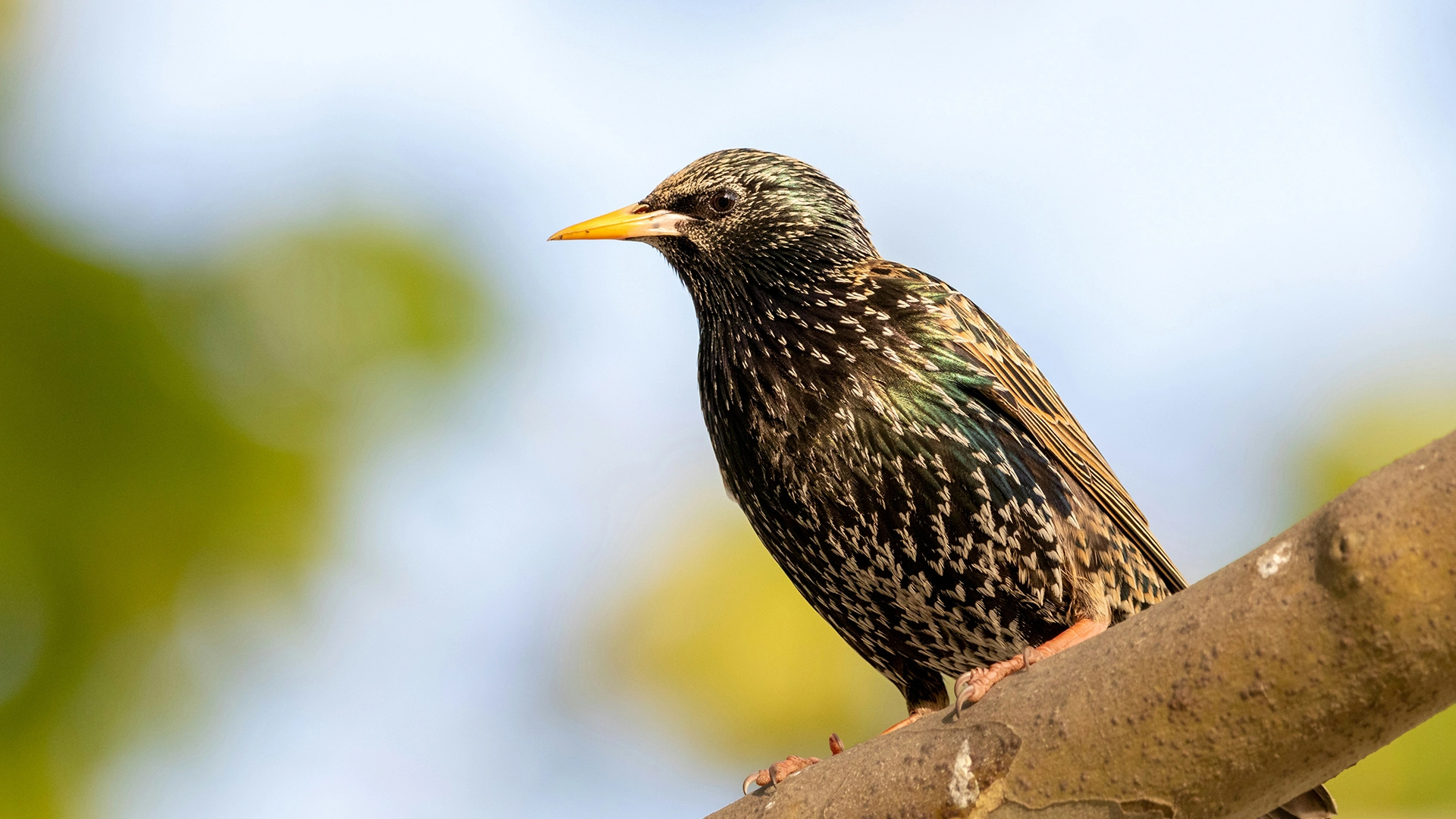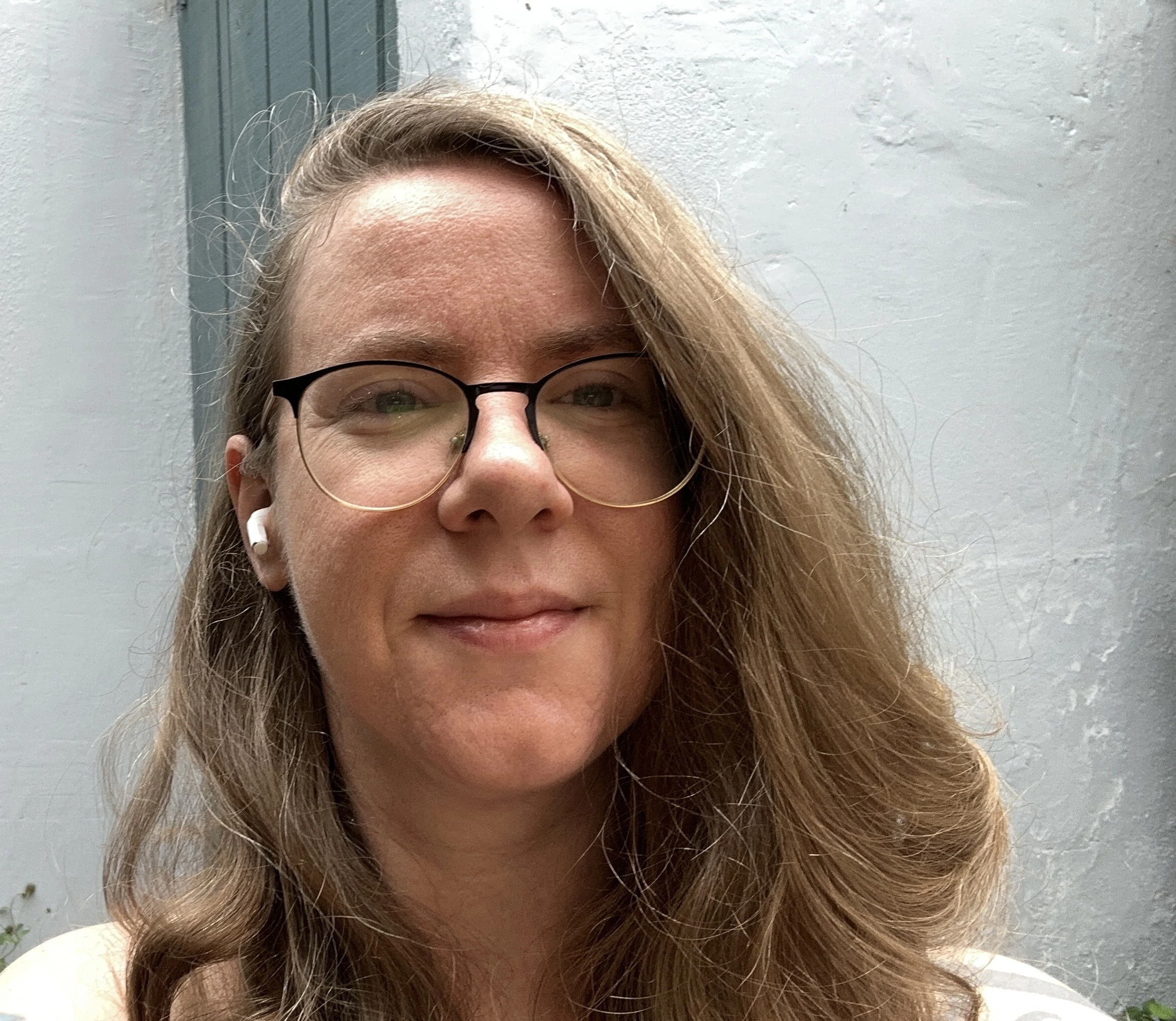
Image by Matthieu Rochette, from Unsplash
Researchers Test How To Store Data On A Bird
In a bizarre new experiment, a researcher discovered that birds can store and reproduce complex data, including pictures, using just sound.
In a rush? Here are the quick facts:
- European starling mimics ultrasonic sounds to encode complex image data.
- Researchers used a spectrogram synthesizer to convert images into sounds.
- The starling replicated simplified sound patterns in the same frequency range.
The YouTuber Ben Jordan, who led this experiment, did so by observing a European starling nicknamed “The Mouth,” known for its remarkable ability to mimic sounds with high ultrasonic accuracy.
Ben explains in his video that it achieved this by converting a simple bird drawing into a series of high-frequency tones using a special tool called a spectrogram synthesizer.
“I drew a photo of a bird in a spectral synthesizer and put the sound on my phone to play for the Starling on the off chance that he’d like the sound enough to add to his vocabulary, which would effectively make himself capable of storing and transmitting image data.” Ben explained.
The researchers aimed to determine if the bird could learn and reproduce the sound, essentially encoding the image as vocal sounds.
The results were positive. When they listened to ultrasonic recordings, they found that the starling had copied a simplified version of the sound pattern.
“This little bird successfully learned and emulated the sound in the exact same frequency range that he heard it, effectively transferring about 176 kilobytes of uncompressed information.” Ben said. Although not perfect, this showed that birds could store and share data through their calls.
Ben explains key to the discovery was special audio gear that can capture sounds too high for humans to hear, including 192kHz ultrasonic microphones, time-stretching software to slow down the sounds without losing quality, and spectrogram analysis to visualize the bird’s singing.
Ben also noted, “Hypothetically, if this were an audible file transfer protocol that used a 10:1 data compression ratio, that’s nearly 2 megabytes of information per second”
For those interested in trying similar experiments, Ben recommends affordable tools like the AudioMoth ultrasonic recorder, Raspberry Pi with BirdNET-Pi software, and the free Merlin app by Cornell Lab.
Ben summed it up: “The fact that you could set up a speaker in your yard and conceivably store any amount of data in songbirds is crazy.”


 Previous Story
Previous Story

 Latest articles
Latest articles 